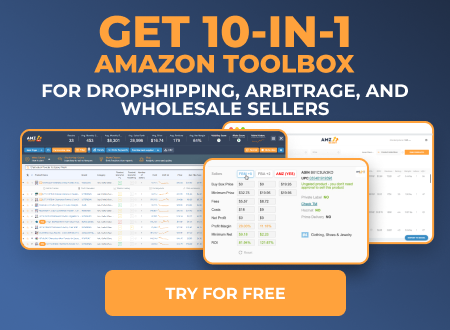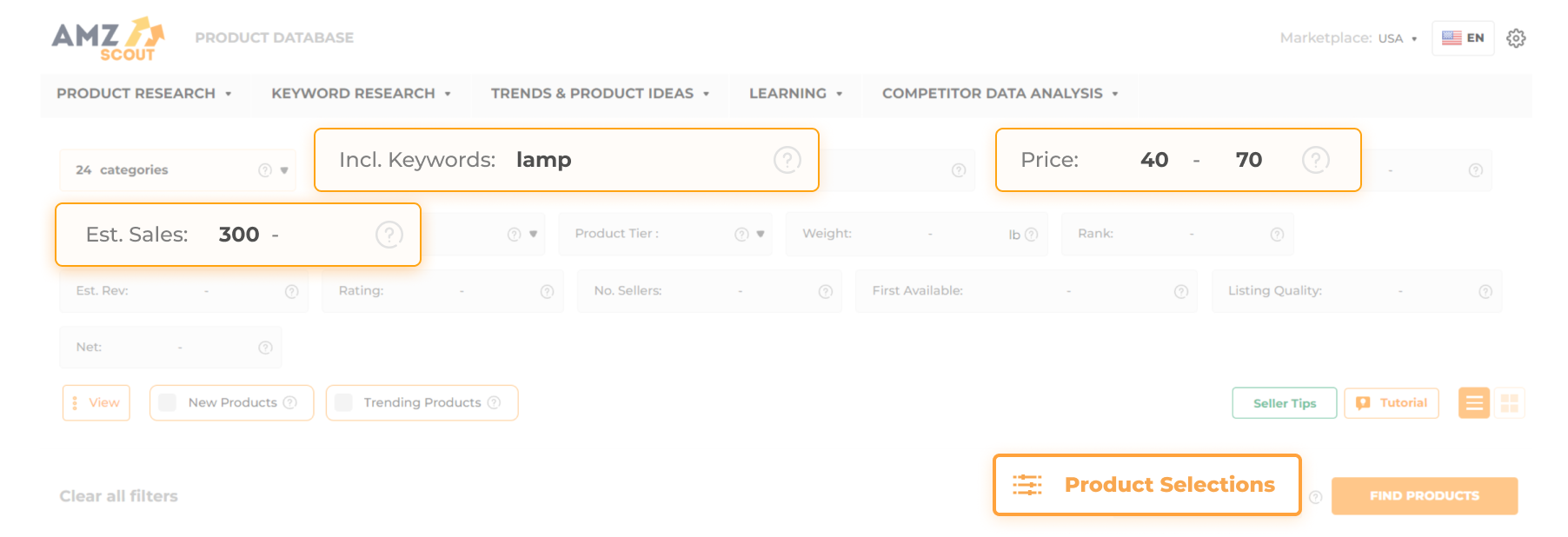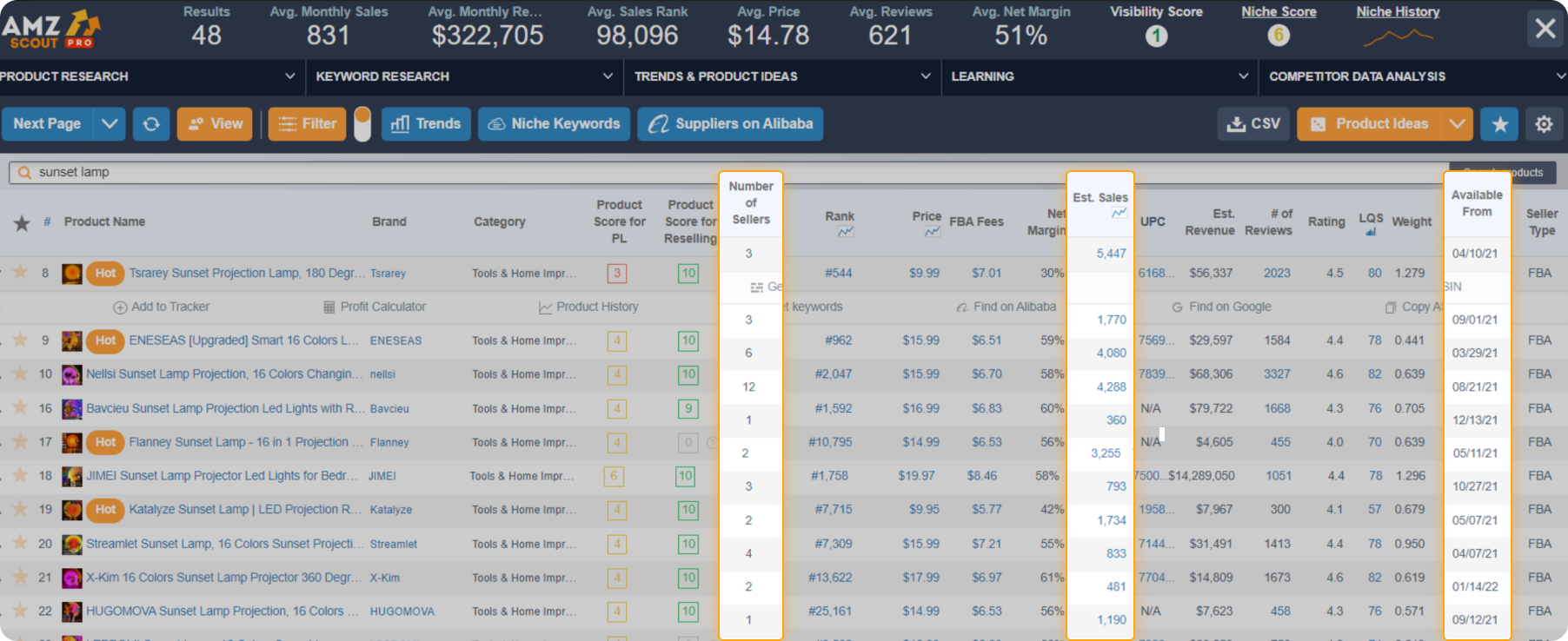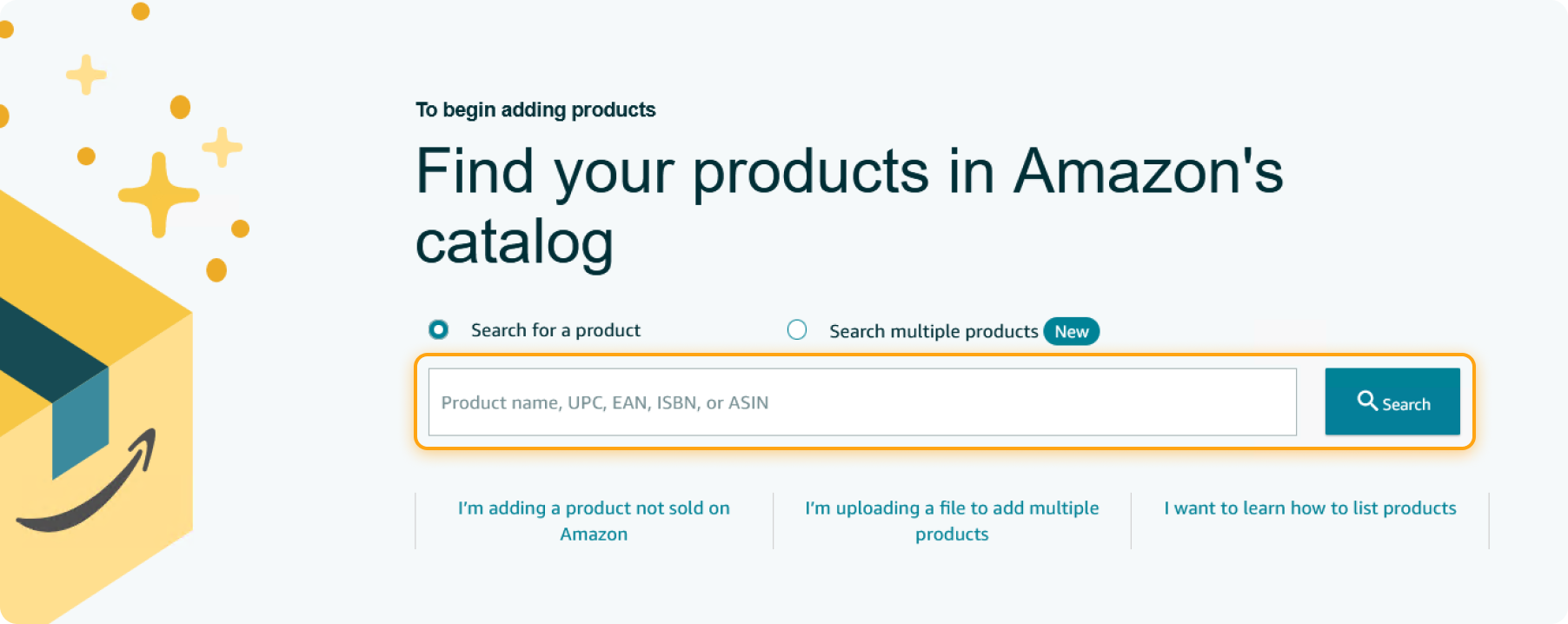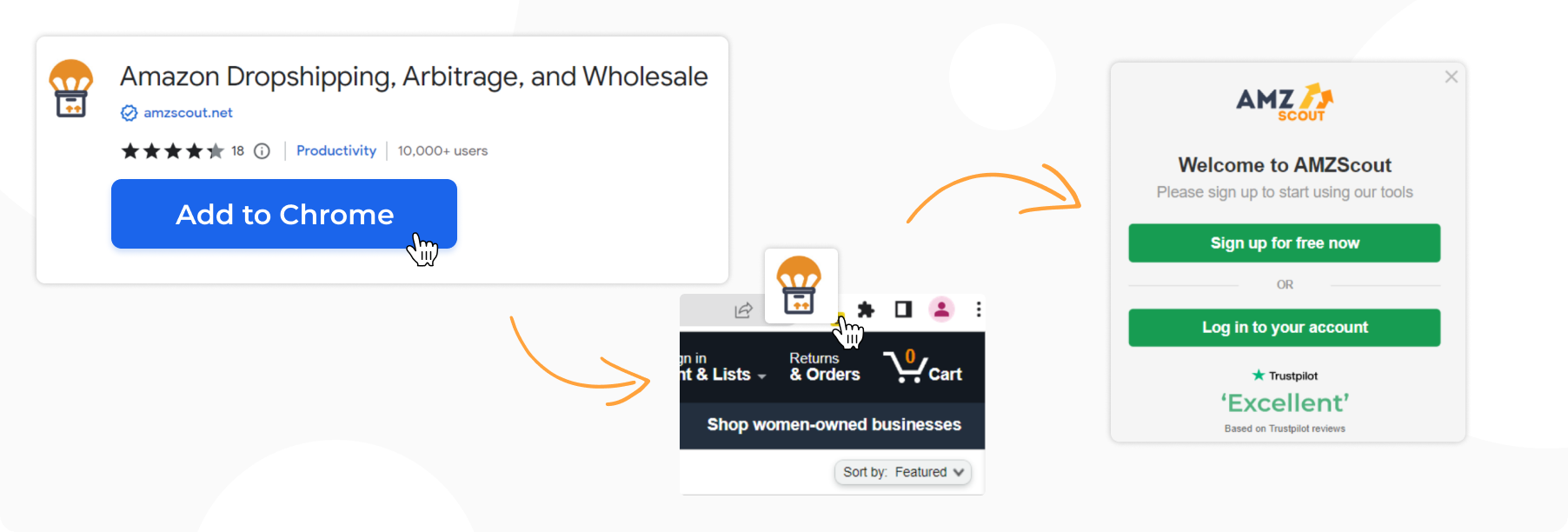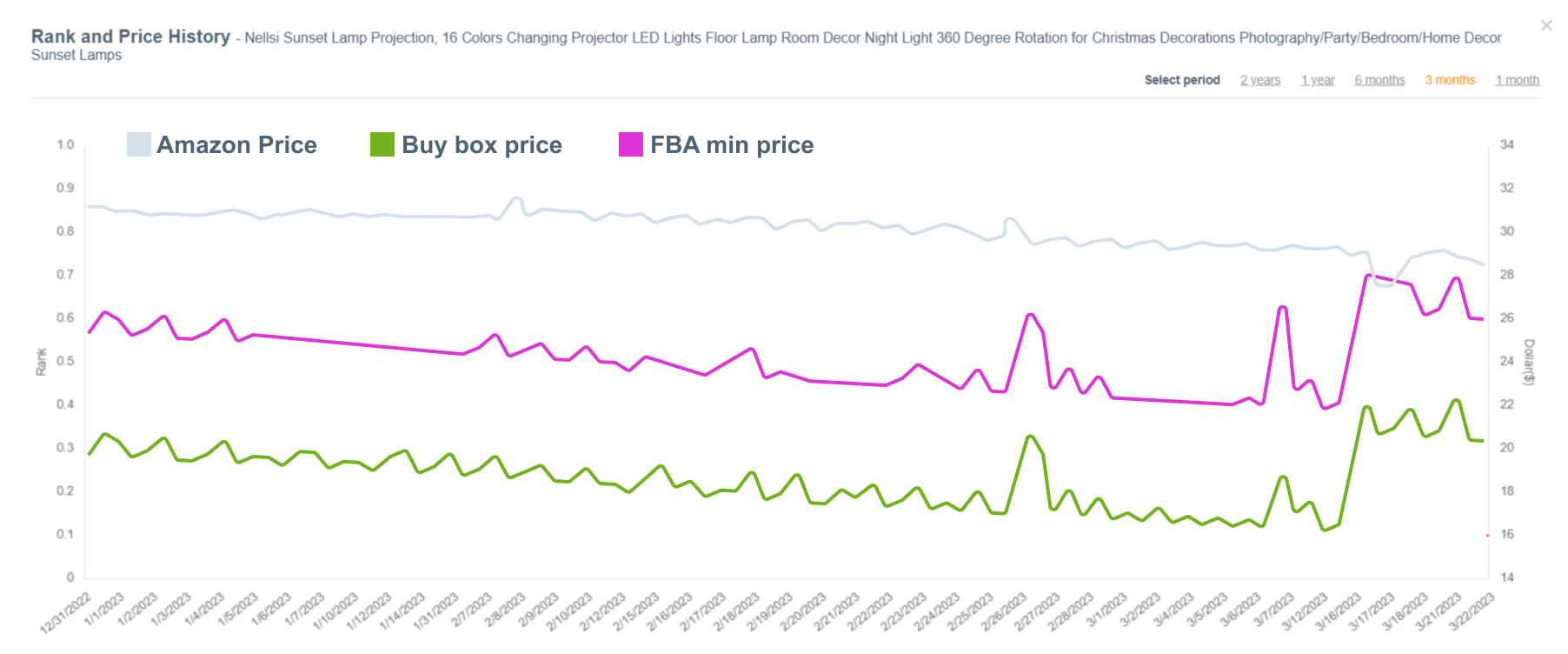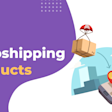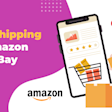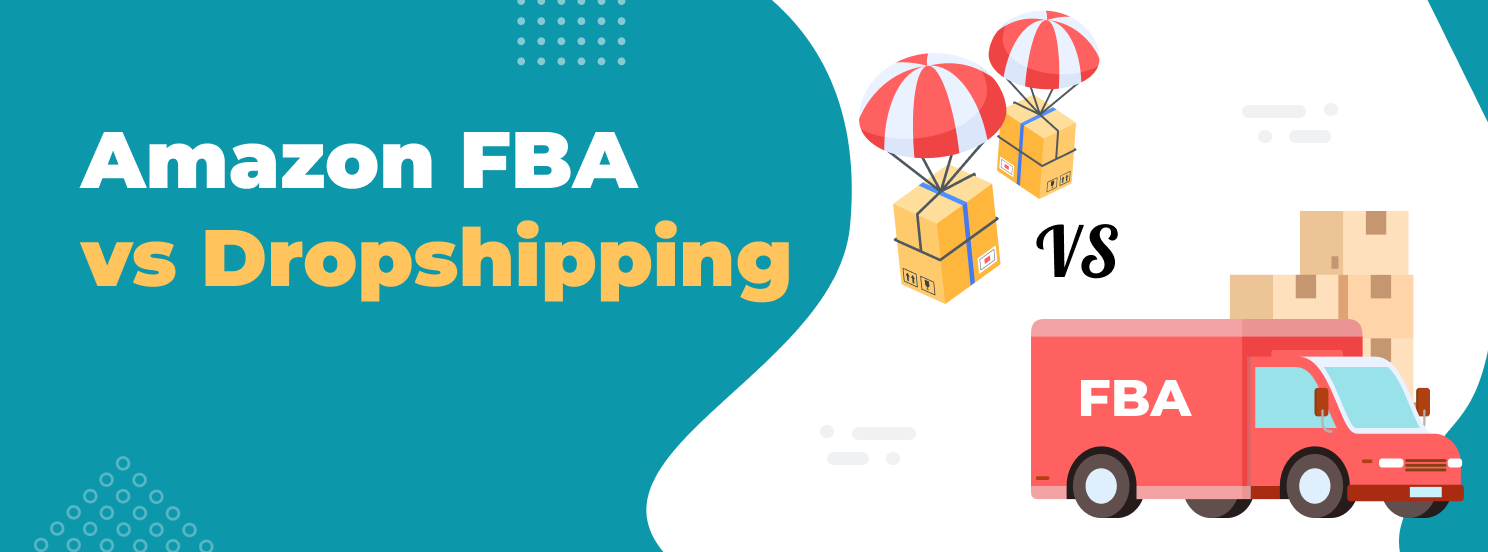
Choosing Between Amazon’s FBA and Dropshipping Business Models
For Amazon sellers, one of the first decisions that needs to be made is which sales model to implement for your business. The two most popular options are Fulfillment by Amazon (FBA) and dropshipping. In this article, we'll explore both of their advantages and disadvantages, helping you understand the distinctions between the two models as you determine which option is more suitable for your business.
Dropshipping vs. Amazon FBA: An Overview
In order to determine which one is better for you, let’s start by defining what each of these models is.
Amazon FBA simplifies the process of selling online by overseeing all aspects of product storage, packaging, and shipping for sellers.
This model allows businesses to leverage Amazon's vast logistics network while offering Prime eligibility for their products, which can significantly boost sales.
Amazon Dropshipping, on the other hand, eliminates the need for storing any inventory. Sellers list products on Amazon, and when an order is placed, it's fulfilled directly by the supplier.
Dropshipping is permitted by Amazon, only if sellers adhere strictly to its dropshipping policy. This model is popular on platforms like Shopify and eBay, providing a low-entry barrier to the eCommerce world.
Now, let's compare the advantages of Fulfillment by Amazon and dropshipping to get a better understanding of their respective strengths.
Benefits of Amazon FBA
Ease of fulfillment: Amazon FBA handles the heavy lifting of storage, packaging, and shipping. This convenience allows sellers to focus more on scaling their businesses instead of logistics.
Prime eligibility: Products fulfilled by Amazon automatically become Prime-eligible, which gives sellers access to Amazon's massive Prime customer base who are known to spend more and shop frequently.
Customer trust: Selling on Amazon with FBA taps into Amazon's established trust and customer service standards, potentially leading to higher conversion rates.
On the other hand, the dropshipping model presents a different approach, as it does not come with the same structured support of Amazon FBA.
Dropshipping Benefits
Lower start-up costs: Dropshipping eliminates the need for inventory, significantly reducing the initial investment required to start an e-commerce business.
Flexibility: With no inventory to manage, dropshippers can easily test out different products and pivot their strategy without financial repercussions.
Wider product selection: Since sellers are not restricted by having to hold inventory, dropshippers can offer a broader range of products, thereby increasing their market appeal.
The strengths of one method often go hand-in-hand with the weaknesses of the other. Understanding these differences can help you choose the path that fits your needs so your online business can grow and succeed.
Key Difference for Sellers
The main difference between FBA and dropshipping lies in the fulfillment process, which affects each seller’s decision. For sellers whose priorities are convenience and Prime eligibility, and those who can afford to buy all of their inventory in advance, FBA is the preferred option.
On the other hand, dropshipping is more suitable for sellers who want to minimize their upfront investment, delegate shipping responsibilities, and have less direct involvement with inventory management.
Alternative Fullfilment Option
Another alternative to dropshipping and FBA is Fulfillment by Merchant (FBM), where sellers handle their own product storage, packaging, and shipping themselves. With FBM, sellers retain full control over all aspects of the inventory and shipping processes, but bear the responsibility for storage and logistics. This method is most suitable for sellers with existing infrastructure or those who prioritize control over their operations.
Starting an FBA Business vs. Dropshipping
Once you learn about how each of these methods works, you can turn your focus to comparing the process of starting a business with FBA or a dropshipping venture on the Amazon platform.
Building an Amazon FBA Business Step-by-Step
Fulfillment by Amazon (FBA) is most commonly associated with private label businesses, but can also be applicable to other methods like wholesale and arbitrage. For the sake of simplicity and relevance to beginners, we'll focus on private label products in this guide, as this is a widely popular and profitable model.
Here are five steps to start selling on Amazon FBA:
Step 1. Choose a Product
Product research is vital for success on Amazon, as it will guide your decisions about what to sell. While similarities exist between FBA and dropshipping, there are still a few key differences to consider, especially in terms of factors like competition and demand. For FBA, sellers should focus on choosing products with high demand, manageable competition, good profit margins, and potential for growth.
Utilizing tools like AMZScout's Product Database and PRO Extension can significantly aid in identifying profitable products by analyzing demand, competition, and potential profitability.
Start by opening the Product Database and setting your filters. You can choose specific categories, set a minimum number of monthly sales (for example: 300), enter a desired price range, and more.
Click Find products to see the results. You’ll get a list of products that fit your criteria. Scroll through the list and make note of any product ideas that look interesting.
Open the AMZScout PRO Extension to analyze the niche more deeply. Enter the niche you want to review in your Amazon search, and launch the Extension on the results page. You’ll see the data for all of the products.
Look at the competition. See sales and review numbers for other products in the niche. If there are already strong brands with high sales and tons of reviews, it will be hard to launch a new product successfully.
Calculate your potential profit. Click on a product with a Product Score of 7 or higher and open the Profit Calculator. It’ll show FBA fees for a product and estimate how much you can earn from sales.
With its user-friendly interface and comprehensive features, AMZScout empowers sellers to make informed decisions, choose profitable products, and stay ahead in the competitive Amazon landscape.

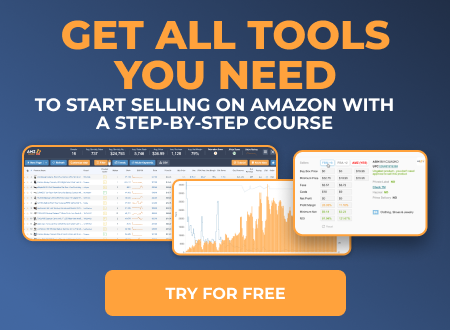
Step 2. Find a Supplier
After selecting a product, the next crucial step is finding a reliable supplier. To streamline this process, platforms like Alibaba can be incredibly useful, as it connects sellers with a vast network of suppliers for virtually any product, offering a platform to negotiate prices, and terms, and even customize products to fit your brand.
Start by searching for suppliers that specialize in your chosen product category. Pay close attention to each supplier’s ratings, reviews, and history of transactions to ensure reliability and quality. Engage in discussions with potential suppliers to understand their production capabilities, minimum order quantities, and the possibility of customizing products to align with your brand.
Step 3. Create Product and Packaging Design
For private label sellers, branding is everything. Differentiate your brand with unique product designs and packaging to help your product stand out in the Amazon marketplace. This involves developing unique branding elements such as logos, labels, and packaging that resonate with your target audience.
Additionally, sellers have the flexibility to adapt and refine product designs to address customer needs and preferences, enhancing the overall shopping experience and driving sales.
Step 4. Control Shipping to FBA Warehouse
Organize the logistics of getting your inventory to Amazon's fulfillment centers, ensuring compliance with Amazon's specific requirements for packaging and labeling. This may involve tasks such as labeling each item with a unique barcode, and packaging them according to Amazon's guidelines to facilitate smooth processing at their warehouses.
Alternatively, some suppliers may offer shipping services directly to Amazon's fulfillment centers, which can streamline the process for sellers. Whichever route you choose, attention to detail and adherence to Amazon's guidelines are paramount in order to avoid delays or issues with inventory management.
Step 5. List Your Product
Create compelling product listings using high-quality images and keyword-rich descriptions to attract and convert customers. Tools like AMZScout can help you find the most relevant keywords for your listings, helping you optimize your product content for maximum discoverability.
To list a product on Amazon, navigate to the Inventory tab in your Seller Central account and select "Add a Product."
Then, choose the appropriate category and subcategory for your product and fill in the required information, including product title, description, price, and quantity. Upload images of your product and enter relevant keywords to optimize search visibility. Finally, review and submit your listing for approval by Amazon's team before it goes live on the platform.
Starting with Dropshipping Step-by-Step
To begin an Amazon dropshipping business, the sequence of steps will vary slightly from those mentioned above.
Here are 4 basic steps for dropshipping:
Step 1. Find Dropshipping Suppliers
A reliable supplier is crucial for your business's foundation. To find reliable dropshipping suppliers, you can start by exploring platforms such as Salehoo, Doba, or AliExpress, which host a multitude of suppliers ready to dropship products. When searching for suppliers, focus on those with high ratings, a track record of on-time delivery, and positive reviews. It's also beneficial to communicate directly with potential suppliers to gauge their responsiveness and willingness to work with the Amazon platform.
Step 2. Pick a Product that Interests You
Start by exploring your supplier's catalog to identify items that align with your interests or market trends you'd like to tap into. At this stage, the focus is on selecting a product based on its potential appeal to your target audience, considering factors like uniqueness, demand, and your personal knowledge or passion for that category of products. Your initial selection will be guided by both intuition and market observation rather than in-depth analysis, setting the foundation for a more detailed evaluation using AMZScout tools in subsequent steps.
Step 3. Check Product Metrics on Amazon
After selecting a few product ideas for your dropshipping business, the next crucial step is to check their metrics on Amazon to ensure each item’s sales potential and competitive standing. AMZScout's Dropshipping, Arbitrage, and Wholesale Extension can be a valuable resource to analyze how well specific products perform on Amazon.
Search for a product you want to analyze on Amazon. Open the product page.
Install and launch the Dropshipping, Arbitrage, and Wholesale Extension.
Check the number and type of sellers on the listing. The more FBA sellers there are already selling the product, the harder it is to win a Buy Box (Featured Offer) and get the share of sales.
Review the price history and Buy Box price history. This helps you identify pricing patterns and make informed decisions about your own pricing strategies.
Calculate potential profits. In the calculator, enter the costs of paying the supplier and any other expenses to determine the profit you can earn from sales.
Evaluate several products from each supplier's catalog to compare their metrics and help you identify the most successful product.


Step 4. Discuss Conditions and Place an Order
Once you choose a product, it's essential to engage with your dropshipping supplier to discuss terms and conditions before placing an order. This involves clarifying details such as pricing, shipping methods, delivery times, and any additional fees or requirements. Negotiate the terms with your supplier, ensuring that they can meet Amazon's strict shipping and customer service standards.
Conclusion
Choosing between Amazon FBA and dropshipping hinges on your own business goals, various resources, and your ability to manage processes effectively. Regardless of your chosen approach, thorough product research is vital in order to identify profitable opportunities. Utilizing AMZScout's tools helps sellers make informed decisions when selecting products, guiding your business towards success.

